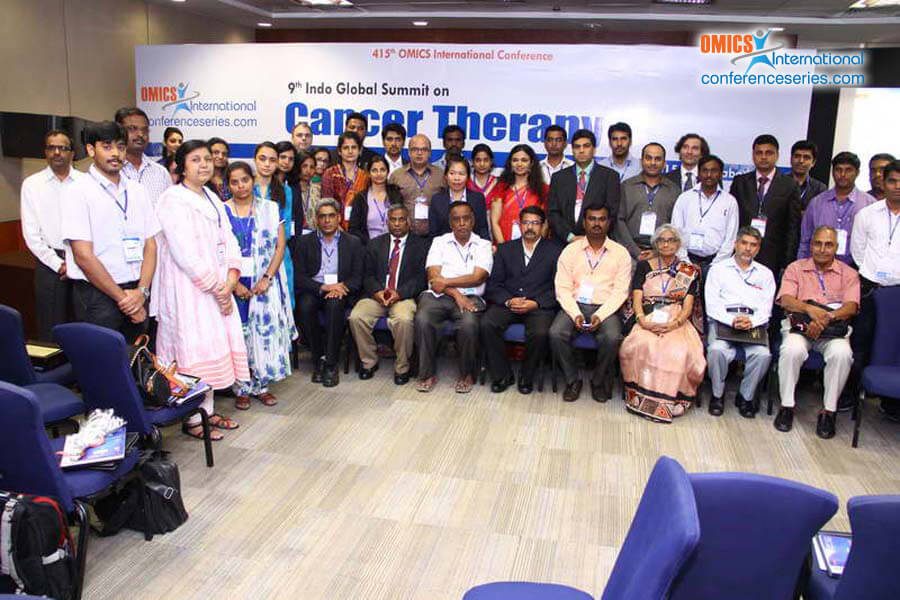
Prabhudas S Patel
The Gujarat Cancer & Research Institute, India
Title: Clinical relevance of glycosylation, a major post translational modification in oral cancer
Biography
Biography: Prabhudas S Patel
Abstract
Oral cancer is a significant health burden world-wide. The Indian subcontinent accounts for one-third of the world burden, which is mainly attributed to different forms of tobacco consumption. Currently lack of easy-to-use biomarkers, non-invasive sampling method, markers for early detection and lack of an accurate and portable platform to understand the pathogenesis of the disease are the major limitations. Protein glycosylation is an ancient post-translational modification that enriches protein structure and function. Interest in saliva as a diagnostic fluid has grown exponentially in recent years due to its non invasiveness, possibility of multiple sampling and also it is reducing much of patient discomfort. Oral cancer is one such malignancy where saliva examination has greatest benefit due to its direct contact with the oral cancer lesions. However, salivary glycomics is yet an unexplored area for its clinical usefulness in patients with oral pre-cancerous conditions and oral cancer. It would be interesting to compare sialylation and fucosylation changes from saliva and serum. The patients with OPC were included in the study to assess its usefulness in early detection of oral cancer. The oral cancer patients were also followed after the anticancer treatment and changes in glycosylation parameters were evaluated in follow-ups patients, with a hope of its usefulness in post-treatment monitoring of oral cancer patients. Sialylation and fucosylation being the most abundant posttranslational modification, the present study was undertaken to compare sialylation [total sialic acid (TSA), sialidase activity, α-2,3 and α-2,6 sialyl transferase, α-2,3 and α-2,6 sialoproteins] and fucosylation changes [α-L-fucosidase activity, fucoproteins] from saliva and serum. Methodology employed for the study included spectrophotometric method for TSA and α-L-fucosidase activity; linkage specific bio-tinylation and ELISA for α-2,3 and α-2,6 sialyl transferase; dot blot method for α-2,3 and α-2,6 sialo-proteins; spectrofluorimetric analysis for sialidase activity and lectin affinity chromatography, SDS PAGE followed by silver staining for fuco-proteins analysis. The results indicated increased serum and salivary sialylation (TSA, sialidase activity, α-2,3 and α-2,3 and α-2,6 sialo-proteins) and fucosylation changes (α-L-fucosidase activity, fuco-proteins) in patients with OPC and oral cancer. Moreover, the levels of the markers were decreased in complete responders (CR) as compared to PT (pre-treatment) and were increased in NR as compared to PT levels. The study highlighted the importance of salivary glycosylation changes in monitoring of oral carcinogenesis, which aids in early detection as well as treatment monitoring of oral cancer patients.

